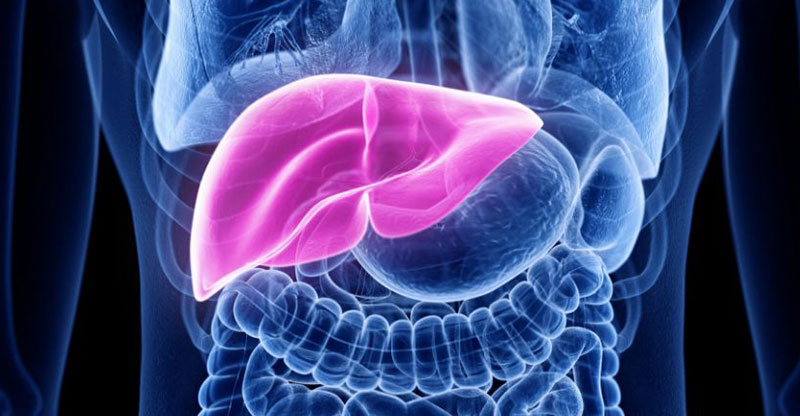
A biomarker used to detect a rare neurodegenerative disorder of cholesterol metabolism, Niemann-Pick disease type C1 (NPC1), may also be useful for diagnosing another class of rare diseases known as congenital disorders of glycosylation (CDG), suggests a study by researchers at the National Institutes of Health.
Testing the blood for N-palmitoyl-O-phosphocholineserine (PPCS) may lead to earlier diagnosis of four types of CDGs and allow for earlier planning for their care.
The study was conducted by An N. Dang Do, M.D., Ph.D., assistant clinical investigator, and Forbes D. Porter, M.D., Ph.D., senior investigator, at NIH’s Eunice Kennedy Shriver National Institute of Child Health and Human Development and colleagues. It appears in the Journal of Inherited Metabolic Disease.
Additional NIH funding was provided by the National Center for Advancing Translational Sciences and the National Institute of Diabetes and Digestive and Kidney Diseases.
Background
NPC1 is a rare genetic disorder affecting children and adolescents. It results from an impaired ability to move cholesterol through cells, resulting in movement issues, liver disease, impaired swallowing and speech, intellectual decline, and death.
CDGs are a group of rare genetic disorders affecting glycosylation, the process by which cells add certain sugar molecules to proteins. Glycosylation relies on several different enzymes to add the sugar molecules. The type of CDG depends on the enzyme affected, and characteristics vary widely, ranging from normal developmental potential to severe developmental delay and multiple organ problems.
Study authors evaluated a three-month-old male infant with an enlarged liver and high levels of oxysterols—molecules derived from cholesterol. Both findings are used to help diagnose NPC1. The infant soon passed away and the study authors tested for the presence of genes known to cause severe liver disease in infancy. The results were negative, so the authors conducted more genetic tests and found the infant had a change in the ATP6AP1 gene that caused a type of CDG.
Because the infant’s symptoms were similar to NPC1, the researchers sought to determine if other types of CDG shared features with NPC. They evaluated biological samples provided by collaborators from NIH and other institutions that follow patients with CDGs.
Results
The authors found that PPCS was elevated in samples from individuals with ATP6AP1-, ALG1-, ALG8- or PMM2-CDG. However, another biomarker used to diagnose NPC1, N-(3β,5α,6β-trihydroxy-cholan-24-oyl) glycine (TCG), was not elevated in CDG.
Significance
The authors concluded that in addition to evaluating young children with liver disease who have high levels of oxysterols and PPCS for NPC, physicians may also wish to evaluate them for CDGs, to prevent a delay in possible diagnosis for one of these conditions.
Reference
Dang Do, AN, et al. Elevated oxysterol and N-palmitoyl-O-phosphocholineserine levels in congenital disorders of glycosylation. Journal of Inherited Metabolic Disease. 2023.

 BACK TO TOP
BACK TO TOP